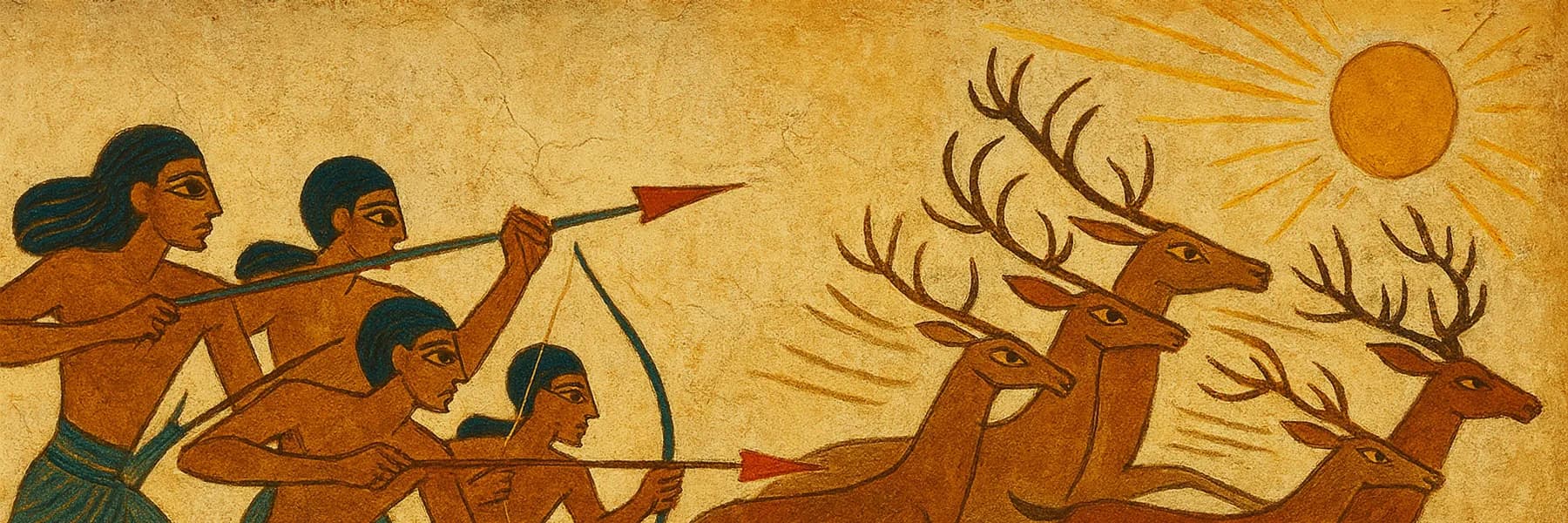Forging the Echo: Crafting the Echoneo Prompt Schema
3 min read

The Blueprint for Echoes: Developing the Echoneo Prompt Schema
Every ambitious project starts with a plan, and for Echoneo, our journey into AI-driven art history exploration required a robust blueprint: the prompt schema. This post delves into the process behind creating that schema – the initial ideas, the inevitable struggles, and the structure we arrived at to guide our collaboration with artificial intelligence.
Our goal was clear: to systematically combine the core concepts of one art movement with the distinct visual style of another, generating a vast 28x28 matrix of unique artworks. But translating something as nuanced as "Baroque dynamism" or "Impressionist light" into instructions an AI could reliably interpret required careful thought and experimentation.
Early Attempts and the Aspect Ratio Puzzle
The initial phase involved exploring different ways to structure the prompts. How could we effectively separate the "what" (the concept) from the "how" (the style) while providing enough detail for the AI to grasp both? We needed consistency across potentially 784 unique prompts.
One particular challenge quickly emerged: controlling the output dimensions. Many generative AI models offer parameters for image size (width, height) and aspectRatio. We diligently included these in our early schema attempts, hoping for predictable output formats.
However, as many who work with current generative AI know, these parameters aren't always strictly adhered to. We found that even with explicit dimensions specified in the JSON prompt, the AI would sometimes generate images with slightly (or sometimes significantly) different aspect ratios or sizes than requested. It seems the models often prioritize internal biases or the "flow" of the generated image over strict adherence to dimensional constraints. This isn't necessarily a flaw, but rather a characteristic of the current technology we needed to acknowledge and work with (or around, where possible).
Refining the Structure: Towards Clarity and Control
Through iterative refinement and learning from these early experiments (and perhaps a little help from AI assistants themselves!), we finalized the prompt schema. The key was creating distinct, detailed sections:
conceptDefinition: Capturing the essence, themes, subjects, and emotion of the source concept.styleDefinition: Detailing the visual characteristics, techniques, medium, color, and composition of the target style.sceneContext: Setting the stage with lighting and camera views appropriate to the style.aiDirectives: Providing fine-tuning instructions like elements to emphasize or avoid, and yes, including aspect ratio/size hints, even with the understanding they might be suggestions rather than commands!
This detailed structure aims to give the AI the clearest possible instructions for each unique concept-style pairing.
(A quick note: While the final schema offers much more control, the aspect ratio can still occasionally surprise us! It's part of the ongoing dialogue and unpredictability inherent in collaborating with these powerful tools.)
First Echoes: Prehistoric Concept x Ancient Egyptian Style
With the schema in place, we began generating the first "echoed artworks." Below is one of the initial creations, where the primal concepts of Prehistoric Art are interpreted through the distinct stylistic lens of Ancient Egyptian Art.
We invite you to explore the technical underpinnings further. You can find the complete schema and a detailed breakdown of each property in our documentation post: "Echoneo: Prompt Schema Documentation (v1)".
The journey of Echoneo is just beginning. Stay tuned as we continue to generate and share these unique echoes across art history!